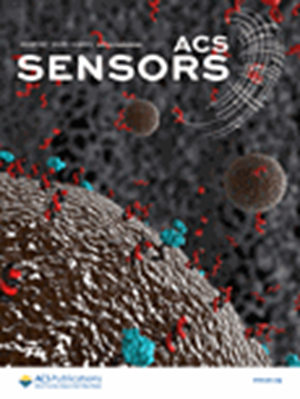Food Freshness Prediction Platform Utilizing Deep Learning-Based Multimodal Sensor Fusion of Volatile Organic Compounds and Moisture Distribution
IF 8.2
1区 化学
Q1 CHEMISTRY, ANALYTICAL
引用次数: 0
Abstract
Various sensing methods have been developed for food spoilage research, but in practical applications, the accuracy of these methods is frequently constrained by the limitation of single-source data and challenges in cross-validating multimodal data. To address these issues, a new method combining multidimensional sensing technology with deep learning-based dynamic fusion has been developed, which can precisely monitor the spoilage process of beef. This study designs a gas sensor based on surface-enhanced Raman scattering (SERS) to directly analyze volatile organic compounds (VOCs) adsorbed on MIL-101(Cr) with amine-specific adsorption for data collection while also evaluating the moisture distribution of beef through low-field nuclear magnetic resonance (LF-NMR), providing multidimensional recognition and readings. By introducing the self-attention mechanism and SENet scaling features into the multimodal deep learning model, the system is able to adaptively fuse and focus on the important features of the sensors. After training, the system can predict the storage time of beef under controlled storage conditions, with an R2 value greater than 0.98. Furthermore, it can provide accurate freshness assessments for beef samples under unknown storage conditions. Relative to single-modality methods, accuracy improves from 90 to over 97%. Overall, the newly developed dynamic fusion deep learning multimodal model effectively integrates multimodal information, enabling the fast and reliable monitoring of beef freshness.

求助全文
约1分钟内获得全文
求助全文
来源期刊

ACS Sensors
Chemical Engineering-Bioengineering
CiteScore
14.50
自引率
3.40%
发文量
372
期刊介绍:
ACS Sensors is a peer-reviewed research journal that focuses on the dissemination of new and original knowledge in the field of sensor science, particularly those that selectively sense chemical or biological species or processes. The journal covers a broad range of topics, including but not limited to biosensors, chemical sensors, gas sensors, intracellular sensors, single molecule sensors, cell chips, and microfluidic devices. It aims to publish articles that address conceptual advances in sensing technology applicable to various types of analytes or application papers that report on the use of existing sensing concepts in new ways or for new analytes.
 求助内容:
求助内容: 应助结果提醒方式:
应助结果提醒方式:


